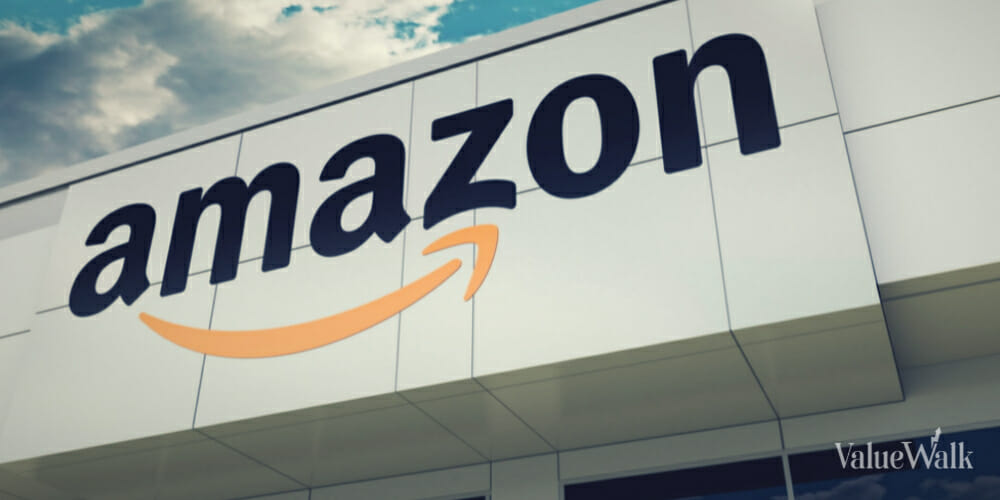Study finds communities paid $180,000 per job while attracting virtually no other job growth
Subsidies To Amazon Have Provided No Economic Benefit
WASHINGTON, DC — More than $5 billion worth of tax subsidies local governments have given Amazon.com, Inc. (NASDAQ:AMZN) over the last two decades have provided almost no economic benefit to their communities, according to an analysis by economists from the University of Wisconsin-Whitewater and the Jack Kemp Foundation.
Q4 2022 hedge fund letters, conferences and more
In localities that granted subsidy packages to Amazon, average employment grew by only 0.048 percent more than in communities that did not grant subsidies. Furthermore, communities gave Amazon an average of $180,000 in subsidies per new Amazon job that pays wages of only $60,000 each year, on average.
“Subsidies designed to attract Amazon to communities around the country created far fewer jobs than promised and at a very high cost per job,” said economist Ike Brannon, senior fellow at the Jack Kemp Foundation and co-author of the study.
“Communities where projects have been canceled might actually be better off than communities that must pay enormous costs and hurt taxpayers for almost no benefit to the local economy.”
The study examined more than 20 years worth of data on the employment impacts in 81 communities that offered subsidy packages to Amazon for new distribution centers and other facilities.
State and local governments frequently offer tax incentives and subsidies to attract new employers to their area, according to a database by Good Jobs First, a watchdog of economic development subsidies.
Local governments have granted tens of thousands of subsidy packages in the last few years across the country. Companies get these incentives because they promise to hire local workers, creating new jobs in the community.
Brannon said the co-authors of the study, which also include Russell Kashian and Matthew Winden, economics professors at the University of Wisconsin-Whitewater, wanted to measure the benefits of these subsidies to determine if the promises of new jobs panned out and how much each new job cost the community.
“Amazon did not invent the strategy of seeking local tax breaks in exchange for the promise of jobs and an expanding local economy,” Brannon said. “These results are relevant to thousands of subsidy packages that communities grant companies each year. The intent of the research is to help local governments make informed decisions based on actual data when considering future incentive packages for all companies.”
Since these subsidy packages so often produce disappointing results that harm communities, Brannon suggests that local leaders consider other measures altogether when trying to attract new businesses and jobs.
“If communities want to make these deals, they should do their due diligence and look carefully at the data,” Brannon said. “It’s usually more cost effective for communities to concentrate instead on improving their general business environment and making their communities more attractive for people as well as jobs.”
The research has been published on the Social Science Research Network and has been submitted to the Journal of Regional Analysis and Policy.
Read the full report here.






